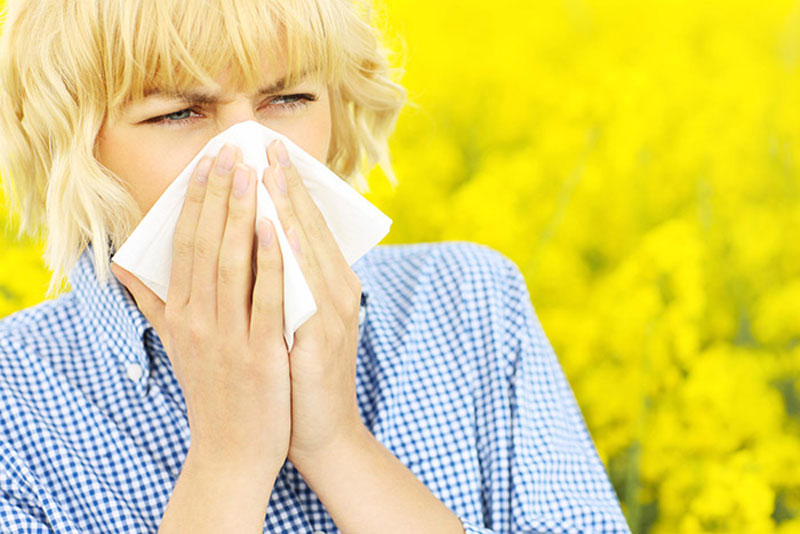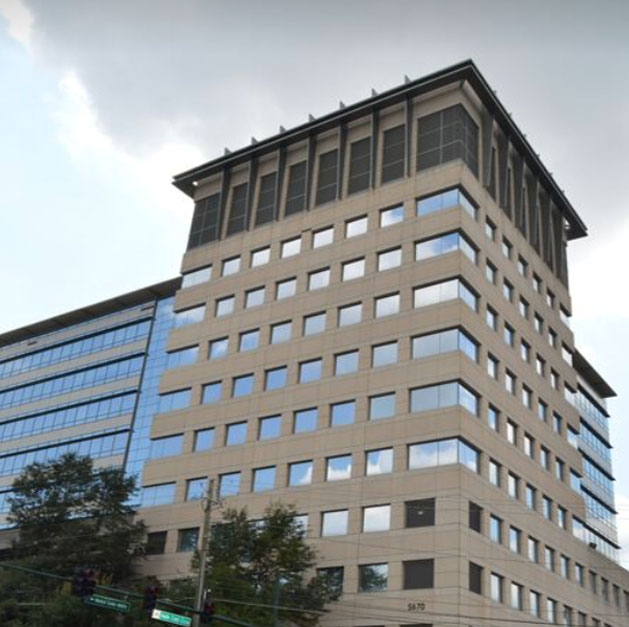Fall has arrived, and while you may enjoy the beautiful foliage and pleasant, crisp evenings, you don’t feel so well. Ever since the weather turned cool, you can’t stop sniffling, sneezing and wheezing. Not only that, your nose is stuffed up and runny, and you’ve been feeling a constant, dull pain just above your nose and between your eyes. Sound familiar?
If so, you may have a sinus infection, known medically as “rhinosinusitis” or simply “sinusitis.” Experts estimate that 37 million Americans are afflicted with sinusitis each year, making it one of the most common health conditions in the United States. While sinusitis can occur year-round, it is most prevalent during fall and winter.
Sinusitis is caused by an inflammation, or swelling, of the tissue lining of the sinuses. This inflammation is most commonly triggered by allergies or a bout with the common cold or influenza (flu). When the sinuses become inflamed, the glands in the sinus start secreting more mucus than normal, in an attempt to fight the allergen or virus. The extra mucus, along with the swelling, blocks the nasal passageways and prevents the mucus from draining out of the sinus cavities like it should. The small quantity of bacteria that normally live inside the nose become trapped inside the nasal cavities, the whole time multiplying rapidly. Soon there are large numbers of bacteria, and this is what constitutes a sinus infection.
The Seasonal Connection
There are multiple reasons why sinus infections are more common in fall and winter. The simplest explanation is that the most common causes of sinusitis—allergies, colds and flu—are very prevalent this time of year. It stands to reason then, that there will be more cases of sinusitis as well.
The first culprit—allergies—can obviously be a year-round problem. What makes autumn such a tough time for allergy sufferers is this is prime time for two of the most troublesome allergens: ragweed pollen and molds.
Ragweed is notorious for causing severe allergic reactions. It thrives throughout the South, and can be found growing in open fields, vacant lots and along highways and city streets. In Georgia, ragweed pollinates from late summer through November. A single plant can produce up to 1 billion pollen grains, with each grain potentially traveling up to 700 miles in the wind. One of the most common activities in autumn—raking leaves—can stir up ragweed pollen that has settled on the dead leaves, increasing exposure.
Mold can be almost anywhere outdoors: in the soil, compost piles, rotting wood and plants. In the fall, outdoor mold levels are often at their highest. Fallen leaves often sit in yards or are raked into piles, allowing moisture to accumulate, which accelerates mold growth. Decaying vegetation from summer gardens can also become mold “hot spots.” The mold spores float in the air, much like pollen. As mold particle counts climb higher, they become increasingly irritating to people with allergies, worsening allergy symptoms.
Incidences of the cold and flu increase in fall and winter, in part, because people spend more time indoors. Inside homes, schools, stores and businesses, the air is recycled and people are in closer contact with each other, allowing contagious diseases to easily spread. Furthermore, indoor air tends to be drier—particularly during cold weather when the furnace is on. Dry indoor air dehydrates the mucus membranes inside the nasal passages, which can lead to inflammation and an infection.
Outdoors, humidity levels also tend to be lower during fall and winter. This, along with the colder temperatures outside, are ideal conditions for the viability and replication of cold and influenza viruses, which best survive in low humidity, low temperature conditions. Transmission rates also increase in cold, dry weather.
The Importance of a Proper Diagnosis
This fall and winter, if you do start to feel sinus pain or pressure, the first and most important step to take is to get a proper diagnosis. Many people mistakenly assume they just have seasonal allergies and treat their symptoms with over-the-counter antihistamines, or they think they just have a cold which will go away by itself, when actually what they have has turned into a full-blown sinus infection.
It’s always best to get a proper diagnosis, so you can get the correct treatment. In most cases, sinusitis is easily treatable with medical therapy. Surgery is used as a last resort or for severe infections. When left untreated or undiagnosed, sinus infections can cause further complications with the nose, eyes or middle ear, lasting for months or even years.
If you suspect you have a sinus infection or if you have recurring symptoms, give the Sinus Institute of Atlanta a call at (404) 257-7512 to request an office consultation with Dr. Sinha. Whether your sinusitis symptoms are seasonal or last throughout the year, the Sinus Institute of Atlanta has testing and treatment services available for patients of all ages.




